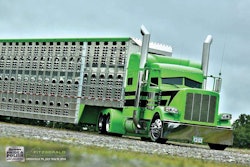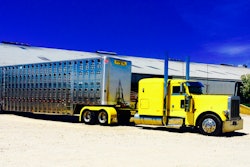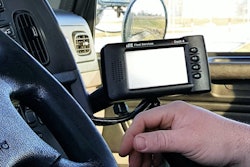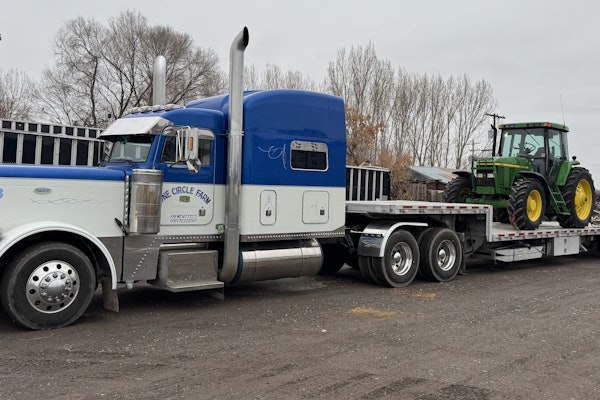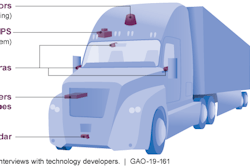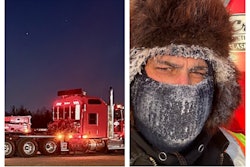Renewing efforts that began last Congress, lawmakers in both the House and the Senate have introduced legislation that, if passed, would facilitate creation of special hours of service regs for drivers hauling livestock, bees and other ag commodities.
Livestock and bee haulers remain exempt from the electronic logging device mandate, and stakeholders within the group have pressed Congress and the U.S. DOT to enact unique hours of service regs that they argue are necessary for their operations.
Ag haulers, under which livestock haulers are a subset, also operate under the 150 air-mile radius exemption, that allows them to run without keeping any records of duty status if they remain within 150 air-miles of the source of their load, if they’re hauling commodities and unprocessed food items from the source of those commodities. They only need to keep records of duty status if when they travel outside of that 150 air-mile radius.
A bill introduced last month in the House would allow drivers hauling livestock and insects an even larger radius — 300 miles — and an expanded set of hours of service limits when they travel within that radius.
Introduced by Rep. Ted Yoho (R-Fla.) the Transporting Livestock Across America Safely Act (H.R. 487) calls for FMCSA to boost the available drive time for livestock/insect haulers operating within the 300-air-mile radius of their on-duty origin to at least 15 hours, but potentially up to 18 hours. Once completing their on-duty day, drivers must then take a break of five hours less than their drive-time maximum, so between 10 and 13 hours.

In addition to adding up to seven hours of drive time for truckers hauling livestock and insects within the 300-air-mile radius, the bill would also allow drivers to deduct certain breaks from their on-duty time and exempt them from the 10-hour rest break requirement of the current HOS rule.
If a livestock hauler is operating within a 300-air-mile radius of the start of their on-duty period, they can exclude certain hours-draining hurdles, such as time spent at a carrier or shipper facility or “any public property during which the driver is waiting to be dispatched,” and time spent loading and unloading, supervising loading or unloading or attending their vehicle while it’s being loaded or unloaded.
They can also take rest periods that do not count against their drive time. The same bill was filed in the Senate last year by Nebraska Sen. Ben Sasse. However, the bill has not been introduced yet in the current Congressional term. The House bill introduced in January by Yoho has 32 co-sponsors.
Another bill, filed last week in the Senate, if passed, would require that the Federal Motor Carrier Safety Administration establish a “working group,” as the bill calls it, of representatives from states, the U.S. Department of Agriculture and trade groups and stakeholders within the livestock/ag hauling sector. The group would be tasked with reshaping hours regs and ELD requirements for those hauling livestock and agricultural commodities.
Dubbed the Modernizing Agricultural Transportation Act (S. 600), the bill calls for the group to be formed within 120 days of the bill’s passage, and that a report be issued within a year of the formation of the group. It was introduced by Sens. John Hoeven (R-N.D.) and Michael Bennet (D-Colo.).
